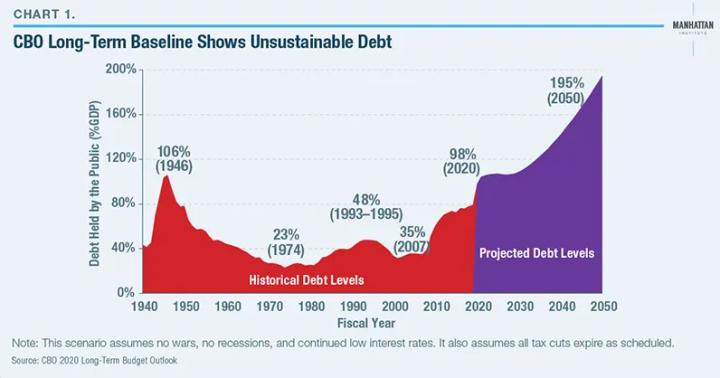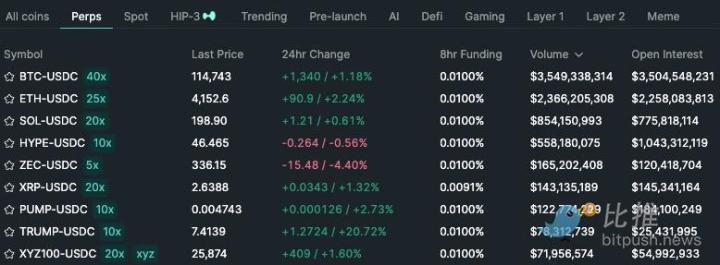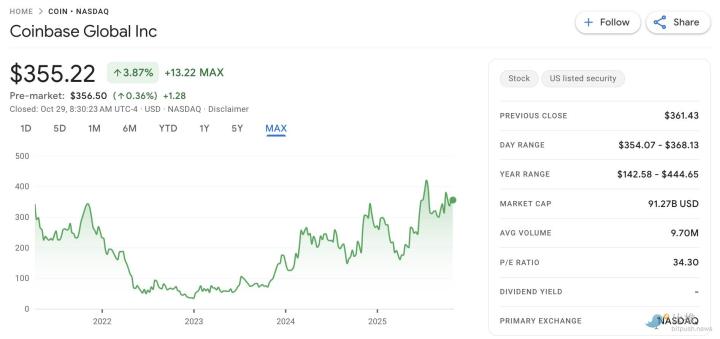Visa – the “giant” in the credit card industry – has just announced its biggest plan ever in the field of digital assets: supporting four stablecoins operating on four independent blockchains, allowing direct conversion to more than 25 fiat currencies in the company's global payment system. This is XEM a step that clearly demonstrates Visa's strategy of "Web3izing" financial services, in the context of the financial world rapidly shifting to the digital economy.
While Visa has not yet released a detailed list, multiple insider sources say PayPal’s PYUSD, Circle ’s EURC, and several other fiat- Peg stablecoins will be among the first batch of supported blockchains. The blockchains selected could include Ethereum, Stellar , and Avalanche, in line with Visa’s “ Multi-Chain ” vision from 2023.
Visa CEO Ryan McInerney said the expansion of stablecoins is a “strategic Shard ” that helps the company accelerate digital transformation while expanding its international payment and remittance network in the new era.
Visa and the journey from payment intermediary to blockchain infrastructure provider
Since 2020, Visa has processed more than $140 billion in crypto and stablecoin transactions, with more than $100 billion coming from people buying digital assets with their Visa cards. The company now has more than 130 stablecoin card programs in 40 countries, with spending growing fourfold year-on-year – a testament to the appeal of stablecoin payments.
Notably, Visa has officially opened a service to support banks to issue (Mint) and burn (burn) their own stablecoins through the Tokenize infrastructure developed by Visa. This move not only moves Visa beyond the Vai of a payment intermediary, but also helps traditional banks enter the blockchain field without having to build complex infrastructure themselves.
According to a newly published report, Visa believes that stablecoins will become “the backbone of next-generation finance”, allowing businesses and organizations to use them as collateral in on-chain lending activities. This opens up a decentralized financial market (DeFi) with high transparency while still ensuring the stability and legality of the traditional system.
Expanding cross-border payments with stablecoins
Visa is also expanding its trial of Visa Direct, a service that allows businesses to pre- Capital stablecoins for instant international payments, instead of taking days like the traditional banking system. If widely deployed, this technology will help shorten the time and cost of cross-border transactions – one of the biggest challenges in the global financial industry.
The stablecoin boom took place in the context that the US government and many major countries have issued separate legal frameworks for stablecoins, creating a solid legal foundation for digital currencies Peg to USD and EUR.








